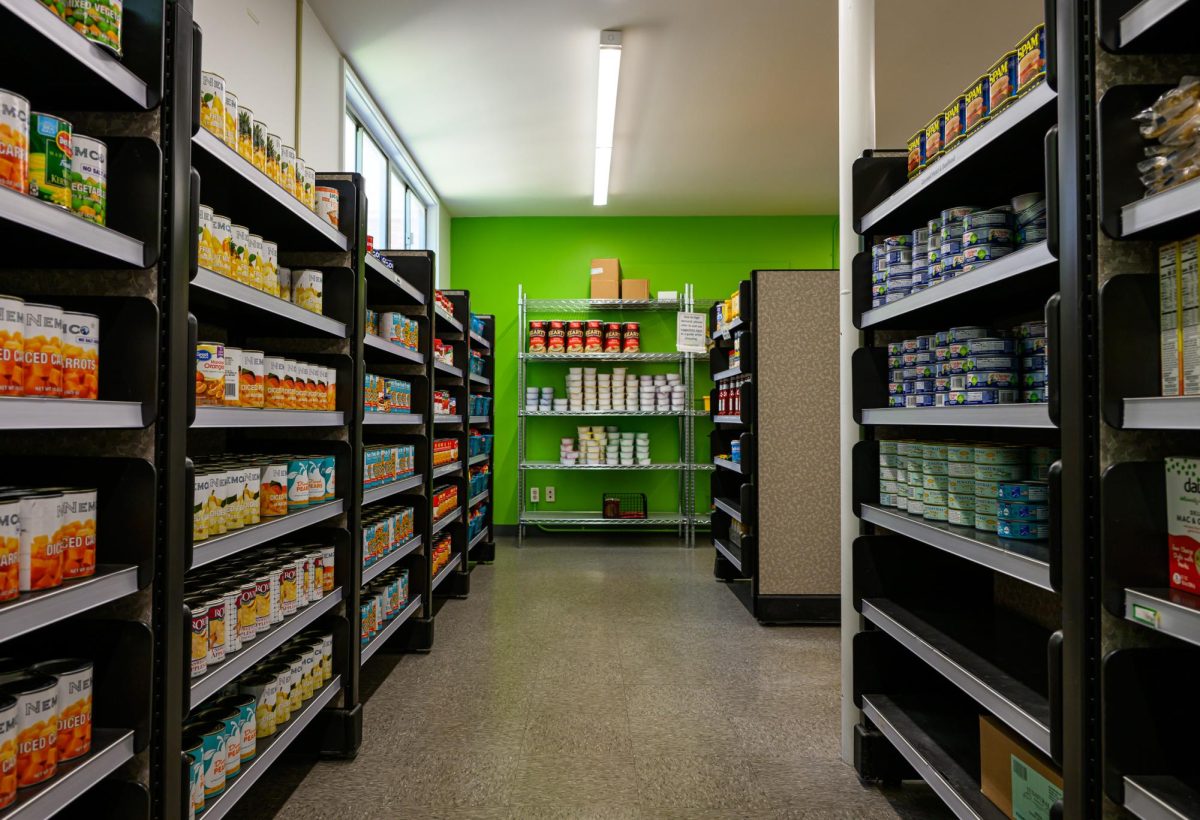While underage drinking in the United States has become an unexceptional occurrence, the financial consequences of hospitalization from drinking may not be as commonly known as the physical ones.
A Mayo Clinic study discovered that the estimated total cost for hospitalization resulting from underage drinking is approximately $755 million per year. The findings were published Feb. 15 in the online Journal of Adolescent Health. Researchers also discovered geographic and demographic differences concerning alcohol-related hospital admissions. Adolescent hospitalizations were lowest in the South, according to the study.
As discussed in the study, among teenagers in the U.S. 18 of every 10,000 adolescent males and 12 of every 10,000 females were hospitalized after consuming alcohol in 2008.
Dr. Kevin Prince is UT’s AlcoholEdu for College administrator and the coordinator for the alcohol and drug education program in the Health Promotion Resource Center. Prince said the financial and health-related consequences of underage drinking should encourage students to make smart alcohol-related decisions.
“For most students, associating drinking with the social and financial burden that comes along with it will act as a deterrent to underage drinkers,” Prince said.
He said there are both short- and long-term risks associated with underage drinking.
“One of the biggest complaints I hear is that students have problems the following day after drinking,” Prince said. “They are forced to recover and the brain’s ability to work well is diminished.”
Even alcohol consumption that takes place over the weekend can affect a student’s “work” week, he said.
“When you don’t get enough sleep on the weekend, it will catch up with you on Wednesday and you end up in a cycle of always trying to catch up with your sleep and school work,” Prince said.
Prince said the consequences of underage drinking last far beyond adolescence.
“The younger you start drinking, the greater the chance you have of developing an addiction,” Prince said. “At a young age, you form certain habits and are more likely to develop dependency the earlier you start. There are also long-term memory losses that can occur as a result of underage drinking,”
Prince has found that even with the challenge of having UT located in an urban area where there is a lot of access to alcohol, UT compares quite well in regards to national averages of underage drinking. According to Prince, 60 percent of all UT students are underage, and about 74 percent of all students either do not drink or have fewer than four drinks when they go out.
The Health Promotion Resource Center offers two main resources to educate the student body on alcohol. All incoming freshmen must take a three-hour alcohol education class, and the center also launched a “social norms marketing campaign,” to educate students on underage drinking in college.
Prince said both strategies are effective tools to educate students on the risks and consequences associated with underage alcohol consumption.
Undeclared senior Jaesub Kim, president of Healthy Student Living, said he hopes by encouraging underage students to be more physically active, they will be less likely to consume hazardous amounts of alcohol.
“Drinking large sums of alcohol causes students to do poorly in school,” Kim said. “Once your body becomes accustomed to huge amounts of alcohol, your body will adapt and you become less active.”
Plan II freshman Randy Olmsted said underage students will continue to drink regardless of the financial or health-related risks involved.
“Lowering the drinking age to 19 would effectively decrease the cost of hospitalization for underage drinking,” Olmsted said. “Because alcohol has become a ‘forbidden fruit,’ underage students are more likely to abuse it.”
Olmsted said he believes lowering the drinking age would solve current issues with underage drinking.
“Lowering the age to 19 won’t entice high school students, but will instead encourage college students to drink more responsibly,” Olmsted said.
Printed on Friday, February 17, 2012 as: Underage drinking poses more than health risks

















